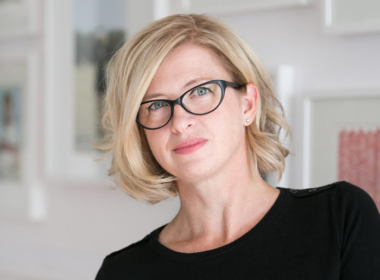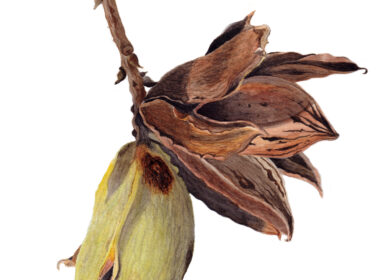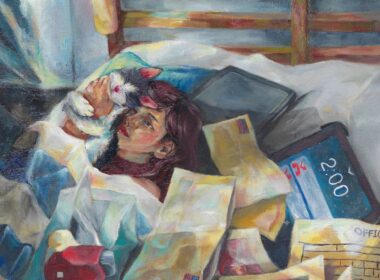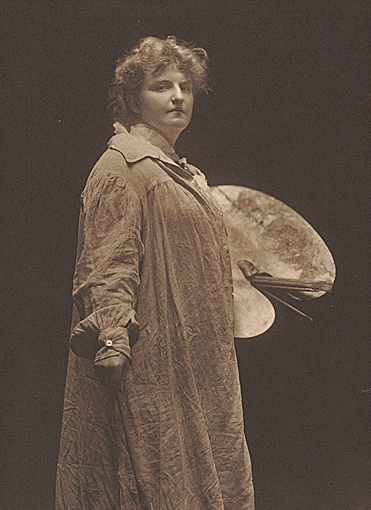
Angelica Kauffmann: A Look at the Life and Legacy of a Remarkable Neoclassical Artist From 18th-Century


Every Tuesday at Arts to Hearts Project, we take a special journey back in time and write an article about one of the remarkable women artists from history. Our goal is to allow our readers to absorb lessons from these incredible women’s lives, and in doing so, ensure that their legacies are kept alive. This week we will be focusing on Angelica Kaufmann, an 18th-century Swiss painter who achieved great success during her lifetime.

Angelica Kauffman is one of those painters whose name is likely to spring to mind when one considers the most accomplished artists who have ever lived. During her lifetime, this Swiss Neoclassical painter was recognised as one of the most accomplished and well-known female artists in both London and Rome. She was a remarkable portraitist, history painter, landscape painter, and decorator, and the works that she created had a significant impact on the development of art history.
Angelica Kauffmann, also known as Maria Anna Angelika Kauffmann RA, is an artist whose life and body of work serve as a model for all those who aspire to be creative. And if you are curious as to the reason for this, then you should continue reading so that you can learn everything about it.
A look at the life and legacy of the Angelica Kauffmann
A Glimpse into Angelica Kauffmann Early Life
Her life was defined by her constant traveling, which began when she was just 17 years old and included journeys to countries such as France, Austria, Italy, England, and Germany. She was one of the most recognised neoclassical painters in the history of art thanks to her unconventional approach to the medium as well as the frequent trips she took to the cultural centres of Europe.
Angelica was the daughter of the court painter in the Duchy of Milan when she was born in October 1741. Angelica’s father was also a painter. She began exhibiting her prodigious skill at an early age, producing her very first piece of art when she was only 8 years old. By the time she was ten years old, she was already displaying her paintings in public, arousing the interest of royals, princes, and even diplomats from other countries.
After completing an self-portrait in oil when she was just 11 years old, Kauffmann attracted the attention of art critics for the first time with her creations. She was able to pursue a career in the arts and get financial assistance from patrons such as Empress Maria Theresa of Austria as a result of this remarkable accomplishment, which garnered the attention of patrons from all across Europe.
Angelica Kauffman’s Immense Success as an Artist
Angelica Kauffmann has an extraordinary journey to become successful. In spite of the fact that she lacked any sort of official education, in the year 1754 she relocated to Milan, where she became a student of Andrea Appiani and a member of the Academy of Fine Arts. Her artistic ability was evident at an early age, as evidenced by the fact that she had already completed her first commissioned work by the time she was 15 years old.
She moved to Venice when she was 17 years old, and there she received instruction in painting from well-known Italian artists such as Giovanni Battista Piazzetta and Sebastiano Ricci. Angelica Kauffmann moved to Rome after leaving Milan at the age of 21. There, she met Sir Joshua Reynolds and Thomas Gainsborough, two extremely famous members of the Royal Academy, who encouraged her career and helped it advance even further. Following her acceptance into the prestigious Royal Academy in London in 1766, she uprooted her life and travelled to England.
Her signature style, which combined the methods of the Old Masters with modern concepts of neoclassicism, was largely responsible for the meteoric rise to popularity of Kauffman. Her accomplishments led to numerous commissions from heads of state, such as Catherine the Great of Russia and King George III of the United Kingdom. She became one of the very few female members appointed at Royal Academies in Europe during this time period and even painted portraits for several British aristocrats such as Lord Templeton and Lord Mansfield. During this time period, Europe had very few female members appointed at Royal Academies.
The Major Influence of Angelica Kauffmann on the European Art Scene
Angelica moved back to Italy in 1781, and she spent the majority of the rest of her life there, working in Rome among other neoclassicists such as Pompeo Batoni, Anton Raphael Mengs, and Gavin Hamilton, all the while continuing to accept commissions from all around Europe. During this time period, she also joined a society known as “The Theosophical Society,” along with other prominent figures such as Goethe and William Blake. At this society, they discussed topics relating to morality, philosophy, and religion, which inspired many aspects of her work during this time period. Goethe and William Blake were two examples of these prominent figures.
Kauffman’s artistic career spanned over 50 years before it came to an end on February 5th, 1807, when she died peacefully in Rome at the age of 65 surrounded by friends and family members. She left behind centuries’ worth of amazing artworks that have since become iconic pieces within the history of European art – making a lasting contribution that still influences modern art today – especially NeoClassicism movements!
Achievements & Works Of Art
In 1766 Angelica Kauffmann became one of only two female founding members of London’s Royal Academy which was highly unusual for a woman during this time period. Her works have been featured across Europe including Italy, England, Germany, Austria, France and Switzerland as well as across the Atlantic Ocean in America.
During her lifetime she produced over 500 paintings including many celebrated portraits such as Georgiana Cavendish Duchess of Devonshire (1783) and Hester Thrale (1781). Her most loved painting is “The Last Supper” (1763) which can still be seen today in Valle Romitello Church near Acireale Catania Sicily. Other famous works include “Christ appearing to Mary Magdalen” (1777) which is located at St Paul’s Cathedral London as well as “Self Portrait” (1797), “Cleopatra Weeping Over the Ashes Of Mark Anthony” (1770-79) which is still held by The Hermitage Museum St Petersburg Russia today.
What We Can Learn From Angelica Kauffman’s Life as An Artist?
Kauffman is often remembered as an inspiring example for all aspiring artists due to not only her immense success but also her ability to push through adversity throughout her lifetime; making incredible contributions against all odds as one of the very few female members appointed at Royal Academies during this time period – something we can all draw strength from.
Additionally, it’s clear from examining her work that not only does Angelica has an inherent skill for producing beautiful pieces but also has an undeniable passion for artistry – something that transcends mediums whether it is paintings or sculptures – further emphasizing how much dedication is required to be successful within any field.
Lastly, it’s important to reiterate that creating great art isn’t just about technique but rather ideas – something which Kaufmann masterfully explored throughout her long career via topics such as morality, philosophy and religion.
It goes without saying that Angelica Kauffman has left an incredible legacy behind her both through her works and through what we can learn from her story today.
As an artist, it is remarkable how far this self-taught painter achieved despite living during a time period when opportunities for female artists were incredibly limited due to societal restrictions on their roles within society as women were still not recognised fully as equals within male-led societies throughout Europe during this period in history.
It is also important for us to take away that having a passion for your craft combined with dedication will lead you down many roads – no matter if it is considered conventional or unconventional – if you are willing hard enough then anything can be achieved.


Oil on canvas. 147.3 x 215.9 cm. Nostell Priory © National Trust Images/John Hammond.

Image source:
https://www.royalacademy.org.uk/exhibition/angelica-kauffman

















Comments 11